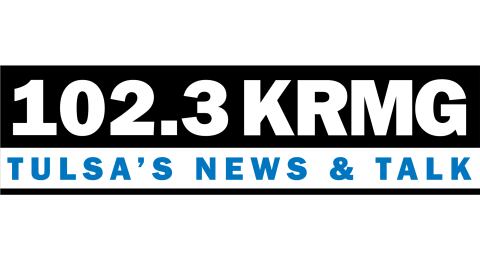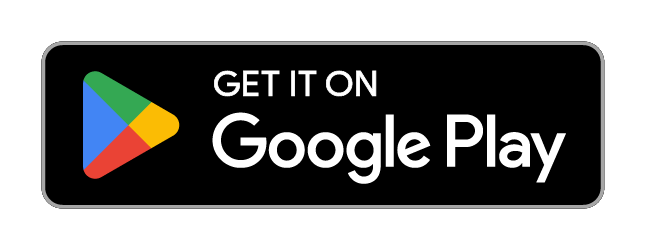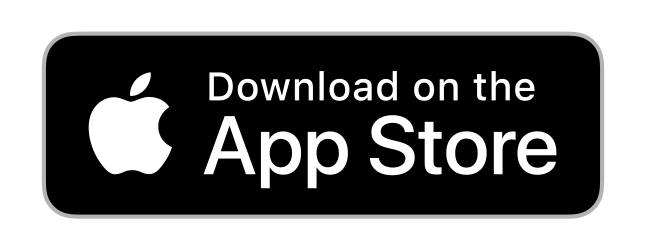In the world of travel, Booking Holdings (NASDAQ: BKNG) has spent years developing what they call the "Connected Trip"—a vision for a seamless, integrated travel experience. Instead of travelers having to book flights, hotels, car rentals, and experiences across multiple platforms, the idea is to unify everything into one frictionless journey, LandTrust reports.
This vision has been a key focus for Glenn Fogel, CEO of Booking Holdings, who has repeatedly emphasized that the future of travel is about removing friction and creating a fully connected experience for travelers. It's an obvious concept in hindsight. When people travel, they don't think in silos, they think in trips. And yet, for a long time, the industry forced them to plan and book in disconnected pieces.
Booking Holdings saw the inefficiencies, built the infrastructure, and has begun to reap the rewards with Connected Trip bookings jumping 40% year over year, as reported in Booking Holdings' Q3 2024 earnings (PhocusWire).
The Problem: Outdoor Trips Are Still Fragmented
Outdoor recreation is a $1.2 trillion economy, with over $700 billion spent on trips and travel. But today, planning an outdoor trip is a logistical nightmare.
Here's a look at a hunter planning a mule deer trip:
- He starts with a Google search, looking for information on the best states to hunt mule deer. From there, he might find research platforms like GoHunt or Huntin' Fool, which require a paid subscription to help him determine the best states and units for his hunt.
- Then, he needs to apply for or purchase tags and licenses through state fish and wildlife agency websites, many of which are powered by companies like PayIt or Brandt.
- Next, he uses mapping software like onXmaps or Spartan Forge, which require a paid subscription, to evaluate public and private land opportunities.
- If he wants to hunt on private land, he needs to decide whether he wants to do a DIY hunt or hire a guide. He could use an online platform to find and book a DIY mule deer hunt on private land. Or he could do a Google search and sift through dozens of janky outfitter websites.
- Then, he potentially needs (read: wants) to purchase new gear for this trip, so he'll have to scour through hours of gear review videos and e-commerce websites to get the right things.
- As his trip approaches, unforeseen challenges such as inclement weather, family emergencies, and work conflicts can arise, threatening the trip he's invested so much time, energy, and money planning—yet these risks remain uninsured.
Each step involves a different platform, a different account, and a different transaction. No one has connected the dots.
Now consider the sheer number of outdoor trips happening in the U.S. each year:
- 15 million hunters go on roughly 200 million trips.
- 40 million tent and RV campers take 100 million trips.
- 50 million fishermen go on 700 million freshwater and fly fishing trips.
Of course, not all of these trips are multi-day trips far from home, nor are they currently being "booked" via any platform—many of them are day trips down the street—but it shows the scale of the opportunity. Just as it would have been incorrect to evaluate Uber's total addressable market by looking only at the number of people who used taxis before its launch, it would be a mistake to assess the potential of a Connected Trip model in outdoor recreation by counting only the number of hunters, fishermen, campers and other outdoor recreators today.
In both cases, the true total addressable market, or TAM, is better measured by the number of trips taken rather than the number of individuals currently participating. Uber didn't just serve existing taxi riders; it expanded the entire market by making transportation more accessible and convenient. Likewise, a truly integrated digital outdoor rec platform could significantly grow the market by making it easier for people to discover, plan, and take more trips, thereby unlocking latent demand and increasing overall participation.
The Opportunity: Building the Connected Trip for the Outdoors
Currently, no single company owns the full customer journey for outdoor trips. Unlike Booking Holdings, which dominates hotel and flight bookings, the outdoor space remains fragmented—each platform solving a piece of the puzzle, but no one bringing it all together. Remember, when people think of travel, whether it be to a new city or to hunt elk, they think in trips.
But the playbook is clear.
A truly connected trip experience in outdoor recreation would:
- Reduce friction by allowing users to research, discover, plan, and book trips in one place.
- Lower costs by consolidating multiple subscriptions into a single, comprehensive plan that provides access to all essential tools and services, replacing the need for separate payments across various platforms.
- Leverage data and AI to personalize recommendations (e.g., suggesting new trips based on previous trips, applying for tags and purchasing licenses automatically, gear needs based on location, season, or activity, etc.).
- Offer financing for trips and gear so that more people can book trips and pay over time.
- Enable a rewards program similar to Booking Holdings' Genius model, offering discounts, perks, and incentives to encourage loyalty.
Instead of juggling multiple apps, visiting numerous websites, and dividing loyalty across various brands, a sportsman could rely on a single platform to seamlessly research, discover, plan, and experience all types of trips—whether it's a five-day hunt in another state or a weekend fishing trip with family close to home.
Why This Hasn't Happened Yet
So why hasn't someone built this already? A few reasons:
- Fragmentation of the industry – Unlike traditional travel, outdoor recreation isn't dominated by a few major players. Instead, there's a patchwork of niche platforms, each solving a specific problem in the outdoor trips ecosystem.
- Lack of integration – Existing services operate in silos, making it difficult for users to transition seamlessly between research, booking, licensing, mapping, and e-commerce.
- Regulatory complexity – Hunting and fishing are highly localized, with different rules, permits, and land access in every state.
But these are not insurmountable barriers. They are opportunities.
Who Will Win?
The company that successfully builds the connected trip for outdoor recreation will have a multi-billion-dollar business on its hands.
The winning model will be one that:
- Owns the full customer journey instead of just one slice of the experience.
- Integrates multiple services—research, mapping, licensing, booking, e-commerce, and fintech into a single ecosystem.
- Creates a unified customer profile—capturing user preferences, behaviors, and needs to drive personalized discovery of new trips, services, gear, and more.
Right now, the space is wide open. Unlike travel, where Google, Booking Holdings, Expedia, and Airbnb dominate, no tech giants have locked down outdoor recreation. That means first-mover advantage is still up for grabs.
Final Thought: The Land Grab Is Happening Now
Outdoor trips aren't just a segment of the outdoor recreation economy, they are its largest driver. After all, the only reason people buy gear, subscribe to apps, download maps, and read and watch content is to eventually go on a trip. Yet the digital infrastructure to support it remains disconnected.
That will change.
The only question is: Who will put the pieces together first?







